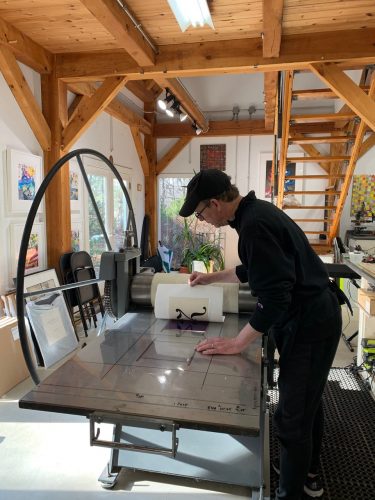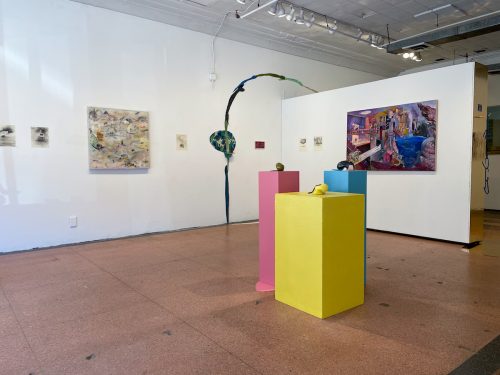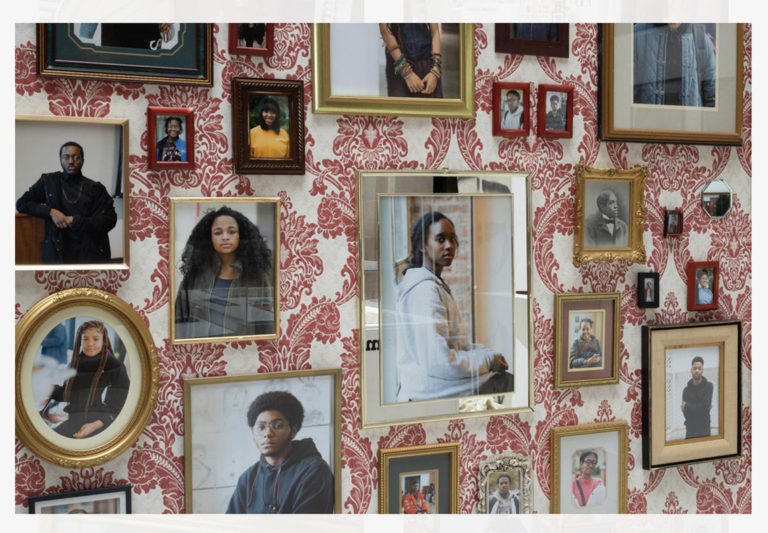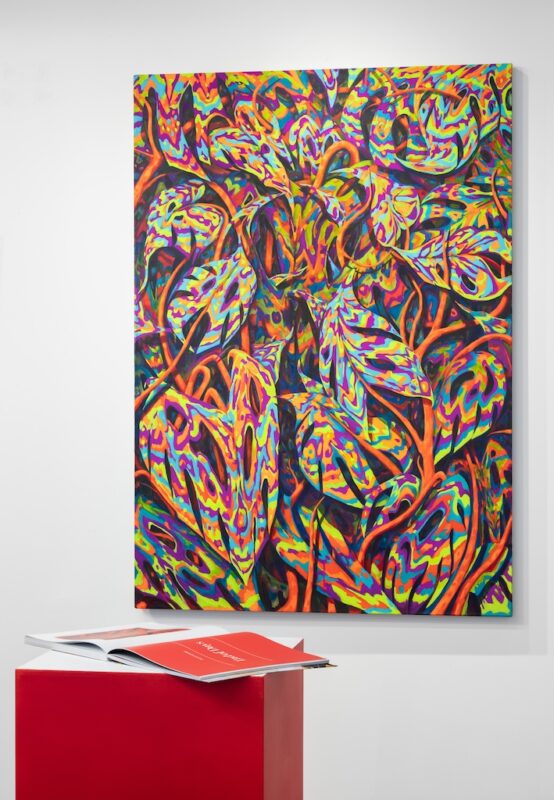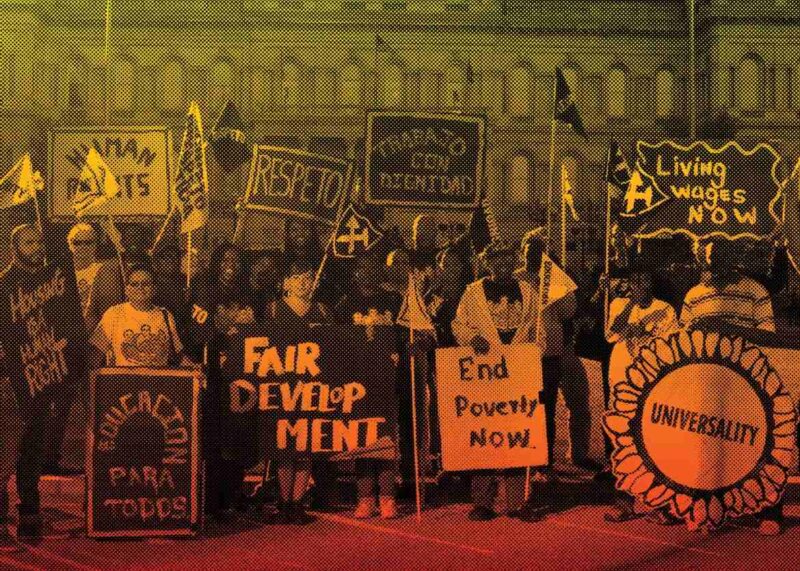Seven Baltimore Curators Proving That Curating is no Longer Enough
by Miklos Legrady
Published April 22 in New Art Examiner
Excerpt: The necessity of art as activism fluctuates with current affairs. Global or domestic circumstances that unfold very quickly can require art workers to mobilize and respond with equal rapidity. Long-suppurating ills—racism, homophobia, violence against women—require longer-view strategies. Some issues demand both. Today’s polemics are unprecedented. A crippling pandemic followed the near-destruction of truth and democratic process in the United States, by a girning reverse-Midas; a degenerate pretender who threatens a further four years of abyssal plunge. Votes for that maniacal prospect risk entering history as America’s suicide notes. To that end, the Republican Party—which is now, surely, the largest criminal organization in history—has launched a bold assault on electoral integrity and marginalized groups, led by despotic governors and their parasitic sycophants.
Further afield, Ukraine is the latest crucible of bloodshed on Europe’s borders, fueled by a resurgent Soviet-era ideology that might yet lead to cataclysm. And that’s about it as far as the majority is concerned, because there is no news on either side of the political divide in the United States—only entertainment, lurid spectacle, or repetition—and certainly not one that cares to inform us about crucial stories or crisis beyond duplicitous headlines if they are of no ratings consequence to CNN or Fox. Under these conditions art’s relevance as a microphone, as action, or even art as news, is at a rare peak, and its custodians must heed it if they are to play a part in roadmapping a way forward.
Hearteningly, new generations of cultural architects are forging hard at the anvils of necessity. While such industry is afoot across the United States, there are places where local concerns speak to national exigencies with particular resonance, and where art workers are especially attuned to the needs of their constituencies, and how best to deploy their abilities in support of them, because they are a part of them. Baltimore is exemplary.
Header Image: Deyane Moses’ MICA Blackives project
